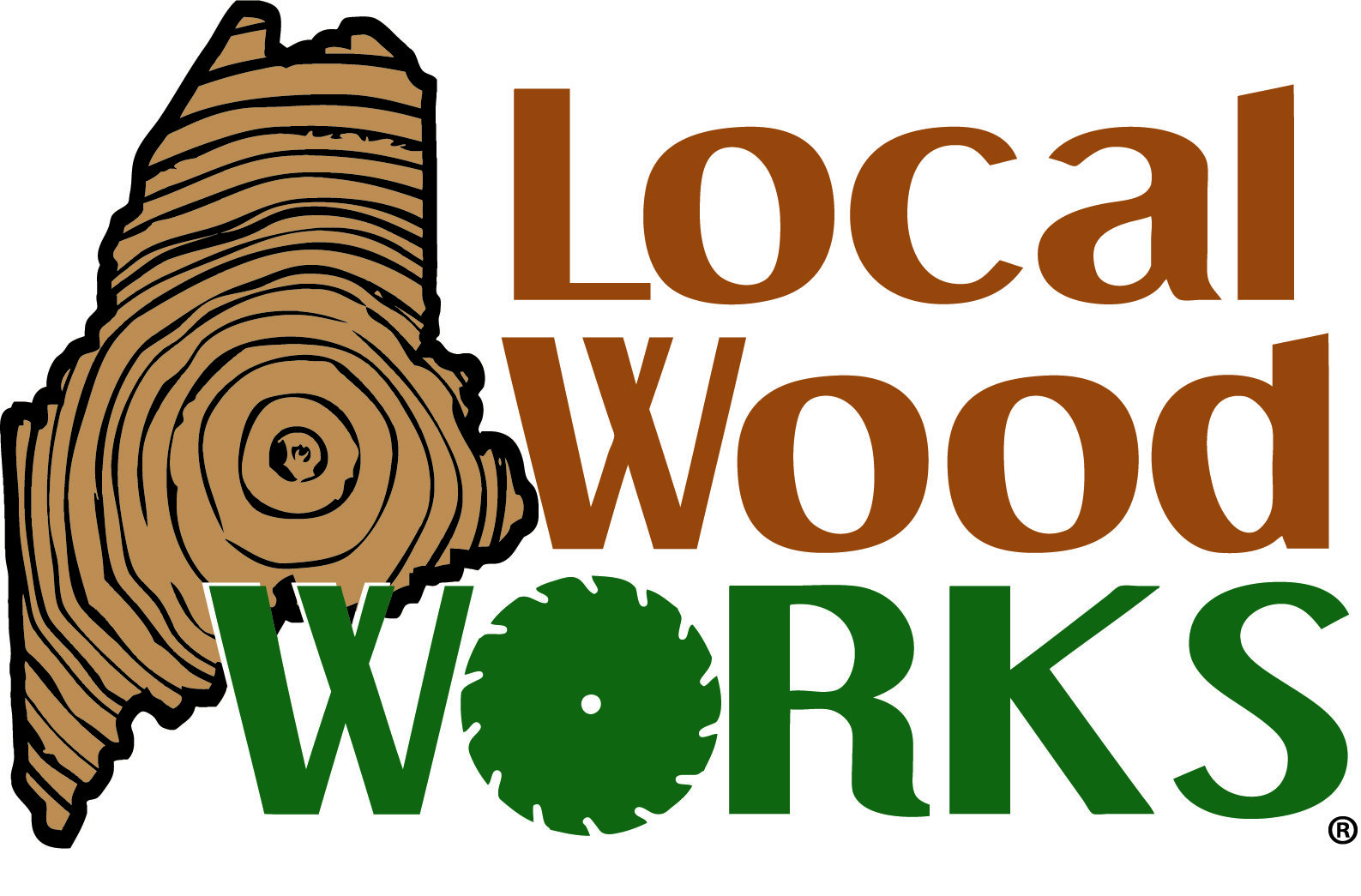Shocked by lumber prices? Try hemlock
If you’re shocked by skyrocketing lumber prices, you might consider underutilized Maine hemlock for your next project.
Hemlock’s strength and durability have long made it the material of choice for building garages, sheds and barns. But it has a reputation as a difficult wood to work with, which has limited its use in other applications. Hemlock is also relatively inexpensive, which is noteworthy in this pandemic era of spiking lumber prices. Softwood lumber prices caused the price of an average home to jump by $16,148 in 2020, according to the National Association of Homebuilders.
I was alerted to the rising possibilities for hemlock by my friend Helen Watts, senior structural engineer at Criterium Engineers in Freeport. She has recently started specifying hemlock in her stamped drawings as a lower-cost alternative to framing with traditional SPF lumber (a catchall designation for spruce-pine-fir).
“I’m just pointing out they don’t need to use the first thing they think of,” said Watts, who regularly works with 20 builders. She consults on structural issues and is a certified lumber grader. “I look at my role as helping contractors pay the bills and keep in business. … If lumber is three times as much as it was, what are you going to do? That’s all your profit. You may be able to keep people working, but maybe you’re not paying your bills and you might not exist as a contractor in 2021.”
Intrigued by Watt’s comments, I decided to investigate a little further. I quickly learned that it’s difficult to say whether hemlock demand is rising as a result of spiking lumber prices. Hal Bumby at Maine Wood Treaters in Mechanic Falls, who deals with lumber retailers on a daily basis, says “All those hemlock mills are out straight.” But that’s a little misleading, as I learned on a visit to Maine’s busiest hemlock mill. Parker Lumber in Bradford produces 10 million board feet of lumber annually and 80-85 percent of it is hemlock, according to owner Brian Parker. Parker couldn’t say if demand has increased because the mill has been running full bore for a while. “We saw hemlock year round,” said Parker. “We’re at capacity. One of our biggest constraints is labor.”
So what are the potential uses for hemlock?
High-end builder Nate Holyoke of Bucksport often uses hemlock siding, which is a lower-cost substitute for reclaimed barn boards. “We use it a lot for that … We lay it out and let it grey and weather,” explains Holyoke. The price of hemlock is a fraction of the $15-$16 per square foot for reclaimed lumber, he said.
Hemlock boards planed on one side with a shiplap edge is one of Parker Lumber’s most popular products. It can be used as flooring, siding or sheathing. “In the last three years, there’s been a huge resurgence in shiplap pattern, especially among younger folks who are looking to do remodels and upgrades on homes,” Parker said. He attributed the surge to explosure on HGTV and Pinterest, predating the pandemic. But escalating plywood prices are driving demand higher, he said. “With the price of plywood, right now, and sheet goods, people are turning to hemlock for boarding in boards more than we’ve seen in the past,” he said.
As Watts is encouraging, hemlock can be used in home framing, although in parts of Maine that requires a little hoop jumping.
Many of the larger municipalities in Maine require framing lumber to carry a grade stamp certifying its strength if it is used in non-agricultural buildings. Sawmills in Maine typically do not grade stamp hemlock. An alternative to a grade stamp is to hire a lumber grader or to ask the local code enforcement to allow its use. Watts said asking a grader, such as her, for a grade inspection is a small add-on for most builders, who routinely use engineers on an as-needed basis. In her experience, Watts said she has found local code officers to be somewhat relaxed about lumber substitution, especially since hemlock is stronger than SPF, and more concerned with electrical and plumbing issues.
Most hemlock is sold rough-sawn and green, given that it is predominantly used in farm buildings. This is perfectly acceptable in drafty out buildings, because installed green, hemlock will dry in place, which counteracts its tendency to twist as it dries. But green lumber creates a challenge for residential builders concerned about moisture handling. Brunswick Builder Ben Love once used green hemlock framing in a house that also incorporated a vapor barrier (an outdated moisture handling technique) and came to regret it because the hemlock’s moisture became trapped and rotted the walls. Watts recommends using rough hemlock that’s been adequately air dried and having it planed if necessary.
There’s another option to green lumber. Parker Lumber’s hemlock is air-dried to ambient air-moisture content, planed to standard dimensions, and graded. (The company’s grade stamp is not certified by a third party, such as Northeast Lumber Manufacturers Association.) Most of Parker’s dimensional hemlock is sold through distributors to out-of-state markets, notably New York City. I asked Brian Parker about New York’s preference for hemlock and he was unsure, other than saying “it’s a tradition.”
“The New York market is shrinking. It used to be very, very large. We still sell a lot of hemlock to New York,” he said.
I learned a little more about the New York hemlock market from Ira Fiengold, a lumber buyer for Feldman’s Lumber in Brooklyn. He said eastern hemlock is considered interchangeable with “hem-fir,” a catch-all lumber designation for western hemlock and douglas fir. It is used primarily in sills, blocking, foundation forms and fall protection.
Is it time to try that hemlock for other uses in Maine?


